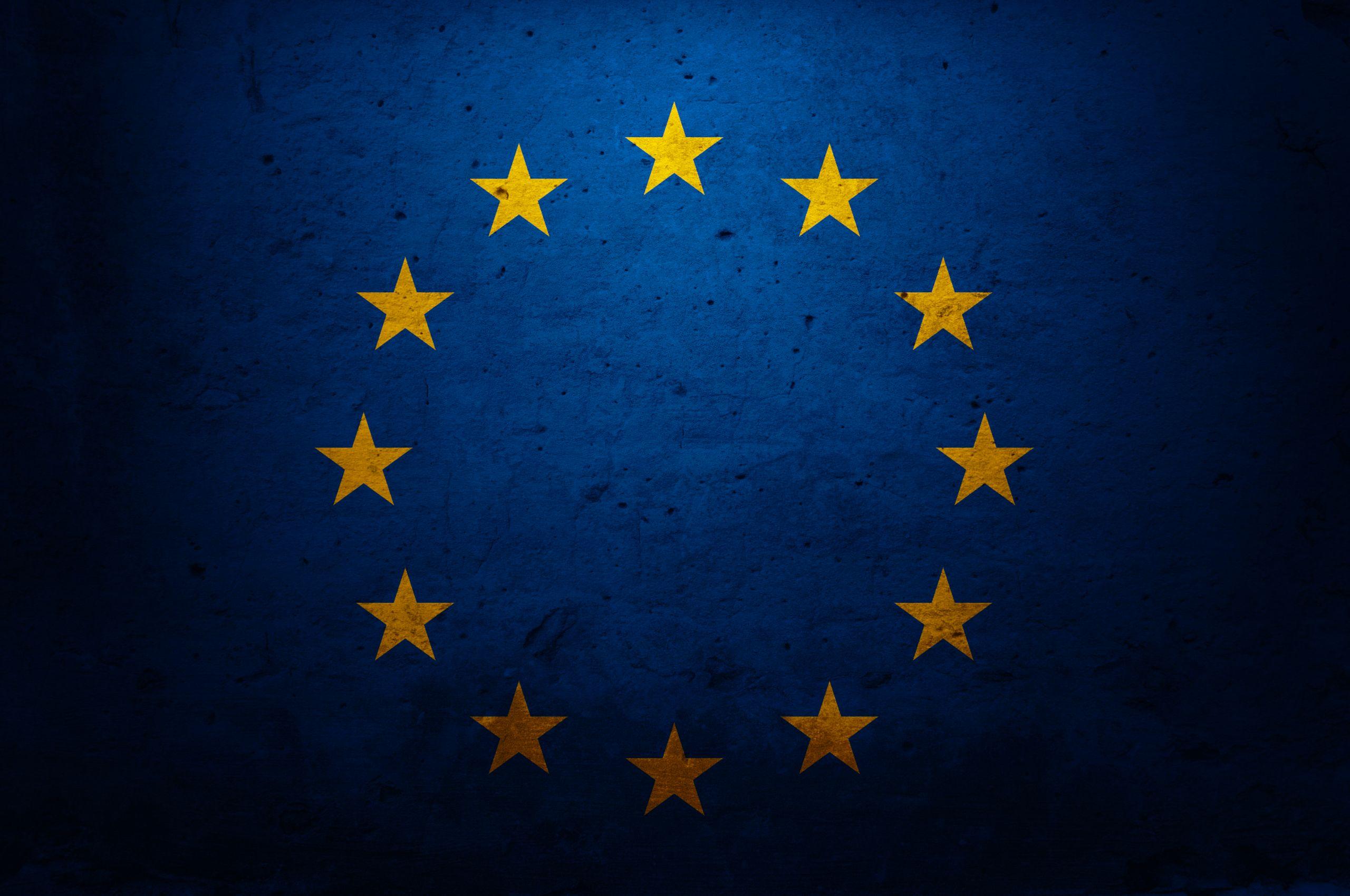The “fingerprints” of climate change are all over the drought that threatened crops and disrupted power supply in the Northern Hemisphere this summer, scientists say.
As record-breaking heat desiccated soils and dried up rivers across Europe, China and the United States, experts called it a glimpse of the new normal — a warning backed by scientists on Wednesday.
New research by 21 scientists from the World Weather Attribution (WWA) service found that climate change made this year’s drought at least 20 times more likely.
Such a drought would have occurred only once every 400 years before humans started warming the planet, they said. But in today’s climate — which is 1.2 degrees Celsius hotter than in the pre-industrial era — a similar event can be expected every 20 years.
“We are seeing the fingerprints of climate change in the drought we’ve just seen, and climate change is hitting us hard,” said Maarten van Aalst, director of the Red Cross Red Crescent climate center, who co-authored the study.
“It’s hitting us hard not just in poor countries like Pakistan,” where climate change likely worsened this summer’s devastating floods, “but also in some of the richest parts of the world, like Western and Central Europe, that had been considered less vulnerable,” he added. “I don’t think people realized that the impacts would come so hard so quickly.”
The scientists also said that the climate-driven increase in temperatures, rather than changes in rainfall levels, were the main factor in the drought.
But that doesn’t mean the arrival of cooler weather acts as a quick fix. Experts warned throughout this summer that it would take sustained rainfall to replenish parched soils; even now, more than half of Europe’s land remains affected by drought.
Surging risk
The WWA scientists — who investigate the link between climate change and extreme weather using a peer-reviewed method — looked at two different soil moisture levels across the Northern Hemisphere, excluding the tropics, between June and August.
This year’s extremely dry conditions in the top 1 meter of soil — also known as agricultural drought for its significant impact on crops and other vegetation — have become at least 20 times more likely than in a world without climate change, they found.
The probability of dry conditions affecting the top 7 centimeters, or surface-level drought, increased fivefold.
That risk is expected to increase as global temperatures rise further, study co-author Dominik Schumacher, a climate scientist at ETH Zurich, told reporters Wednesday.
While the study itself did not assess future risk, Schumacher said the WWA’s models also yielded results for 2C of global warming — the upper limit of the Paris Agreement.
The Northern Hemisphere’s agricultural drought “will become another 15 times more likely with even more warming,” Schumacher told POLITICO. “So the total factor for 2C [compared to] pre-industrial conditions exceeds at least 300.”
That suggests a drought of similar extent would occur three out of four years in a 2C world, rather than every 400 years.
“The spatial pattern etc. of droughts in the future may and likely will differ. But averaged across this vast domain [the Northern Hemisphere], yes, this is exactly what we expect,” Schumacher said.
Zooming in on Europe
Looking at Western and Central Europe specifically, scientists found that climate change made this summer’s agricultural drought three to four times more likely.
That means instead of every 60 to 80 years, the region can expect such an event to occur every 20 years in a 1.2C warmer world.
The gap in probability between the European and wider Northern Hemisphere data was due to the differences in scale and certainty, and does not indicate a less severe climate impact, said study co-author Friederike Otto.
Schumacher said that at 2C of warming, the agricultural drought risk for Western and Central Europe would double again compared to today’s 1.2C.
It’s a worrying prospect. Europe’s drought, the worst in at least 500 years, was a perfect example of the “compounding and cascading risks” of climate change, said van Aalst.
Low river levels sapped hydropower and nuclear, driving energy prices up further, and hampered trade flows along major waterways; farmers warned of lower yields and higher prices amid a global food security crisis.
“This should be a wake-up call,” said van Aalst. “On the one hand, we should avoid this problem getting further out of hand and reduce emissions. But we also need to invest more in resilience.”
This article is part of POLITICO Pro
The one-stop-shop solution for policy professionals fusing the depth of POLITICO journalism with the power of technology
Exclusive, breaking scoops and insights
Customized policy intelligence platform
A high-level public affairs network





